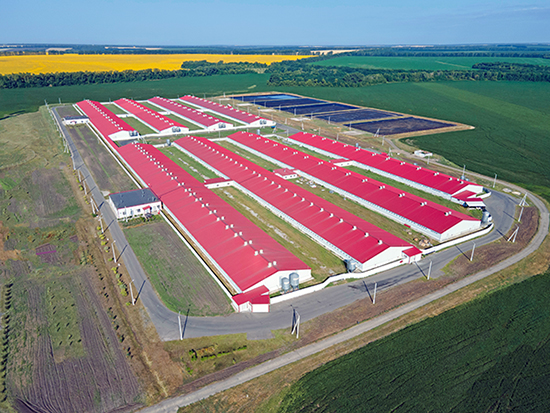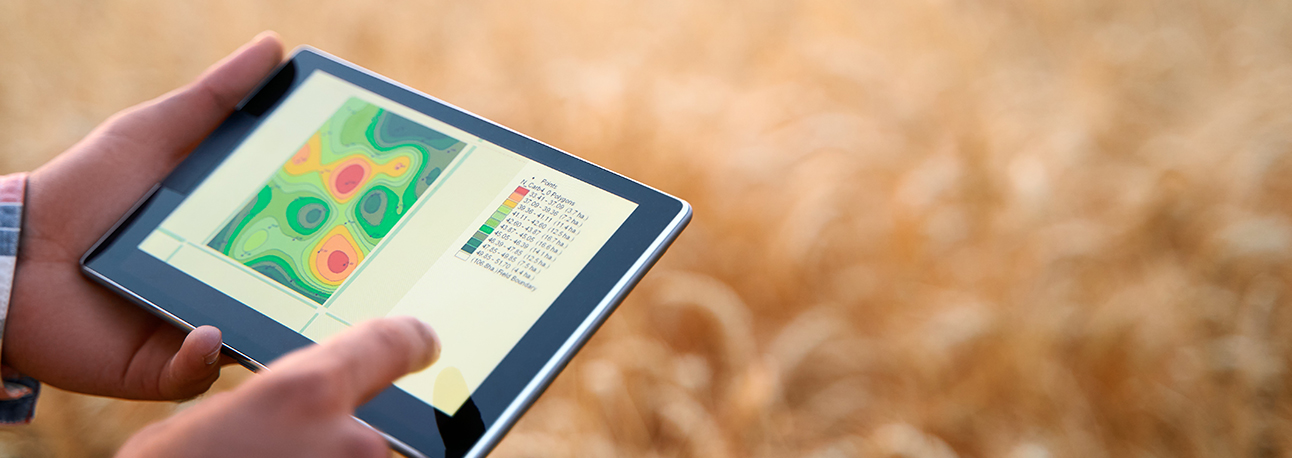It’s a question that has been with us for over 1000 years. How can we be more efficient at farming? How can we improve our techniques to ensure that we can feed our people and get the most out of the land we have available? How do you maximize the return from both land and livestock? Jean Michel Rouylou, our Head of Enterprise and Broadband participated in a recent C21 webinar that took a close look at precision farming and what it means for the agriculture sector.

The cloud has become an essential part of precision farming, so reliable connectivity is a must, and this is achieved using various types of technology such as Wi-Fi, LoRA and satellite. The IoT value chain begins with monitoring, using sensors and drones. Information is gathered from all parts of the farm such as vehicles, silos, livestock, crops and soil pH levels and moisture. This information is gathered and collated and recorded locally. This local information can then be merged through international connectivity, provided by satellites. There are a plethora of applications that live in the cloud where the information gleaned can be applied. These apps offer a wealth of insights from current market information to long-term predictions on growth of a crop. This all aids the farmer to make the most informed decisions possible.
Precision farming is rooted in the interpretation of the data that is gathered. Its analysis is the valuable part for the farmer. This is why the cloud is so critical, giving farmers access to the applications that are fed the data, anywhere on the farm. The technology is very pragmatic, enabling the farmer to achieve a better return on his/her crops and to ultimately contribute to the wider food economy.
Precision Farming in action
Some examples of precision farming are evident on palm oil plantations where the farmer can assess the health of trees on a tree-by-tree basis. Trees that are damaged or diseased can be identified using connectivity and links contained in drones. This information can then be accessed via a computer rather then requiring a physical visit.
Data can also be used to assess where to plant certain crops and when. It can be used to identify when and how much fertilizer should be used and when the optimum time will be to harvest the crops.
Overall, precision farming results in a more efficient farm and plantation.
Satellite IoT for any bandwidth requirement
Different connectivity capabilities will be required to address the full spectrum of applications from monitoring of farm machinery to the provision of Internet access to farm buildings. Satellite’s inherent capabilities—such as its ability to reach remote areas, scale, and to extend coverage for other providers—make it an ideal enabler of IoT for the agricultural sector.
The ST Engineering iDirect provides a complete connectivity solution built on a robust, cost-effective and highly scalable IoT solution offering, facilitating connectivity with a portfolio of compact, lightweight terminals that feature a tightly integrated satellite modem and flat-panel antenna design in Ku- and Ka-band variants. Built on our scalable Evolution, Velocity, and Dialog hub infrastructures, our IoT solutions incorporate an IoT optimized waveform and a cloud-based NMS/OSS management framework to support fixed or mobile IoT applications.
We also provide optional service enablement solutions so that Service Providers can leverage IoT-as-a-service options to speed up market entry while reducing the upfront capital investments and operational complexities when creating their own IoT platforms.
Watch the C21 webinar again here and be sure to join us on May 11th at 9:30am EST for an insightful overview of the IoT market, the ecosystem and our innovative IoT solutions that enable you to take advantage of these opportunities on your existing platforms. Register here to join.
